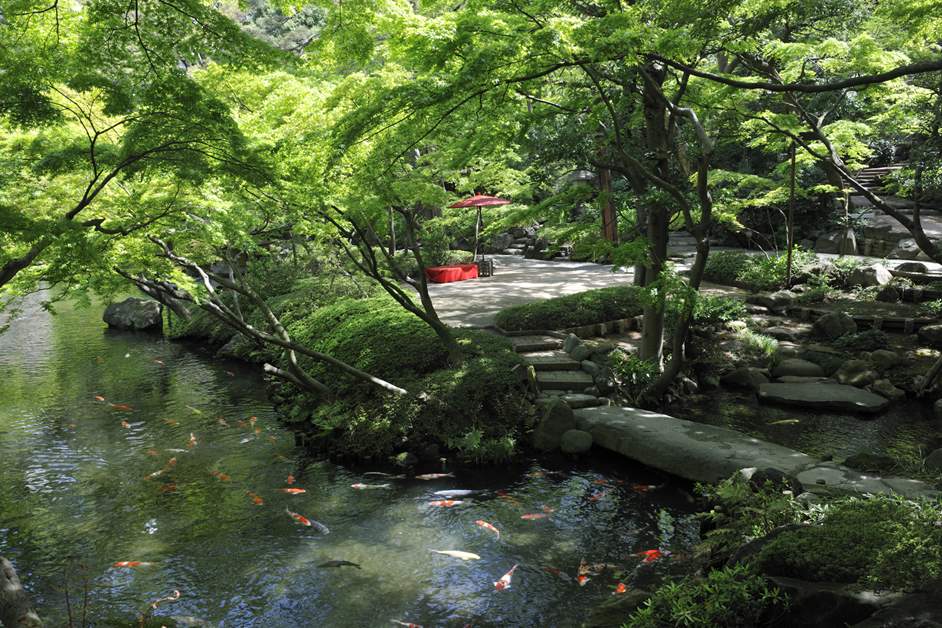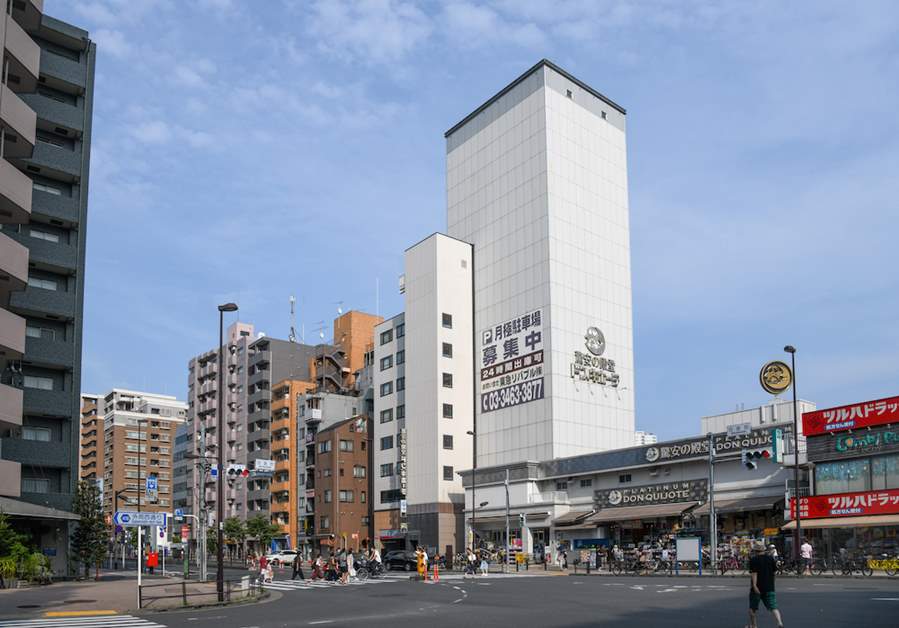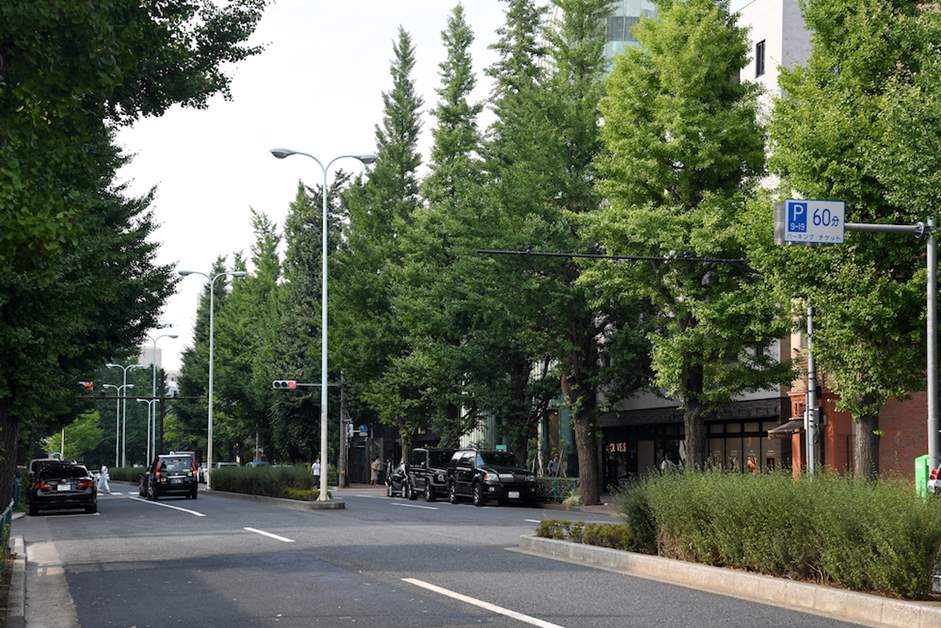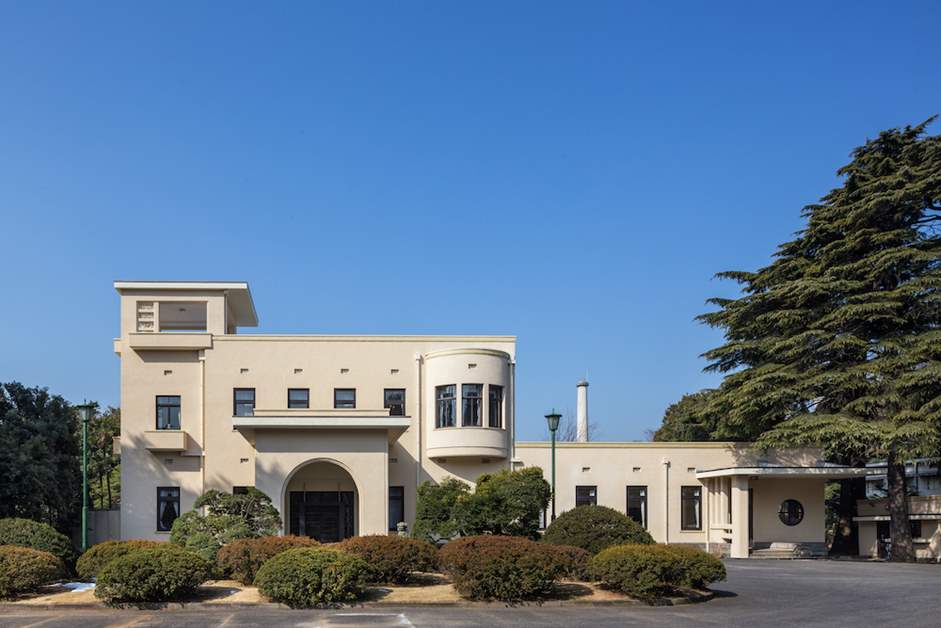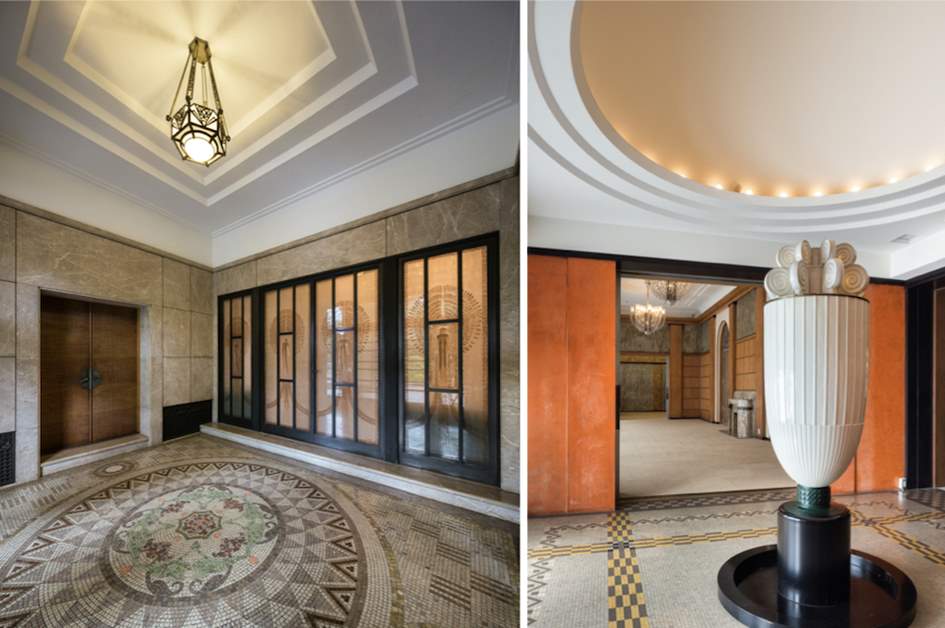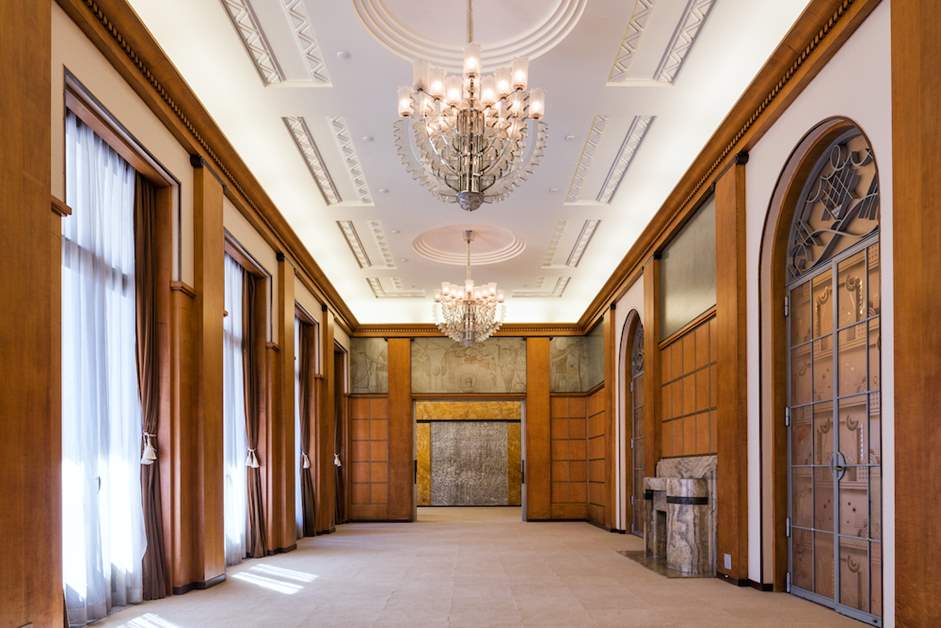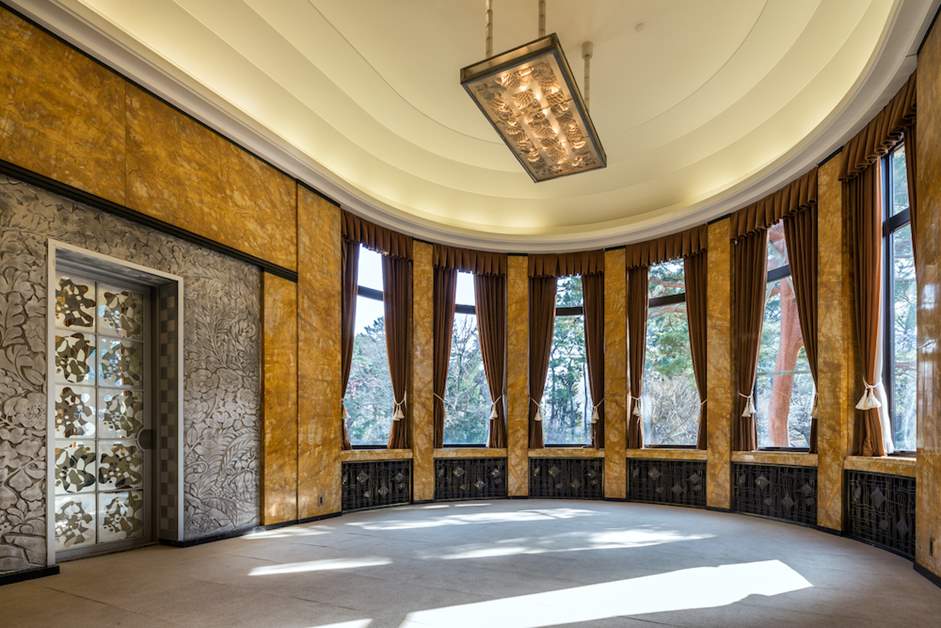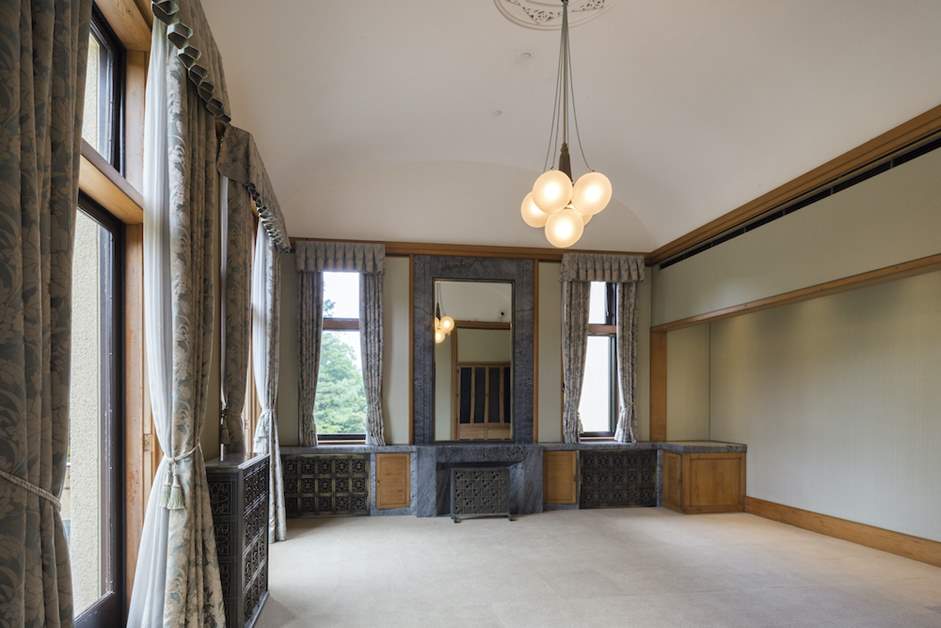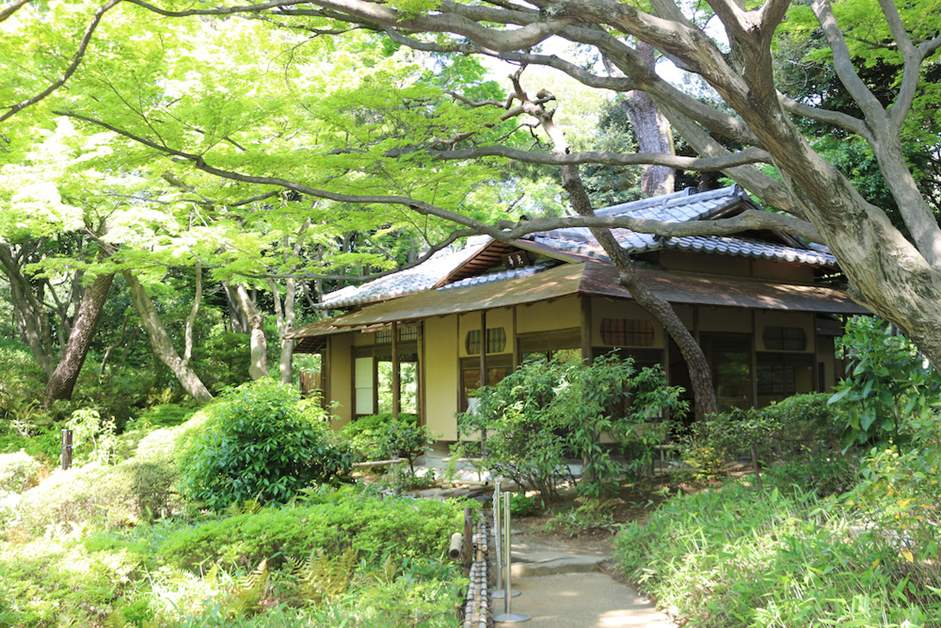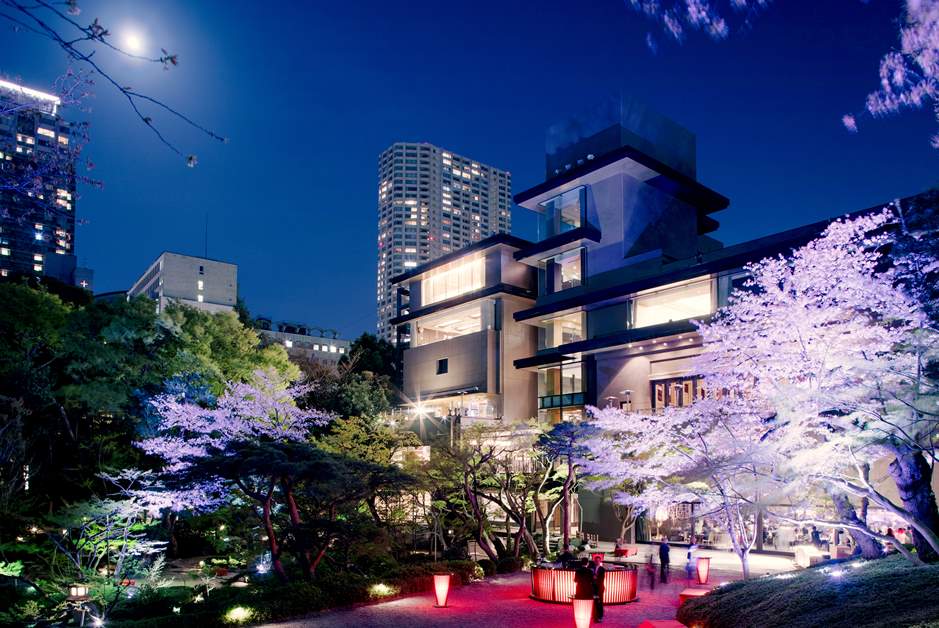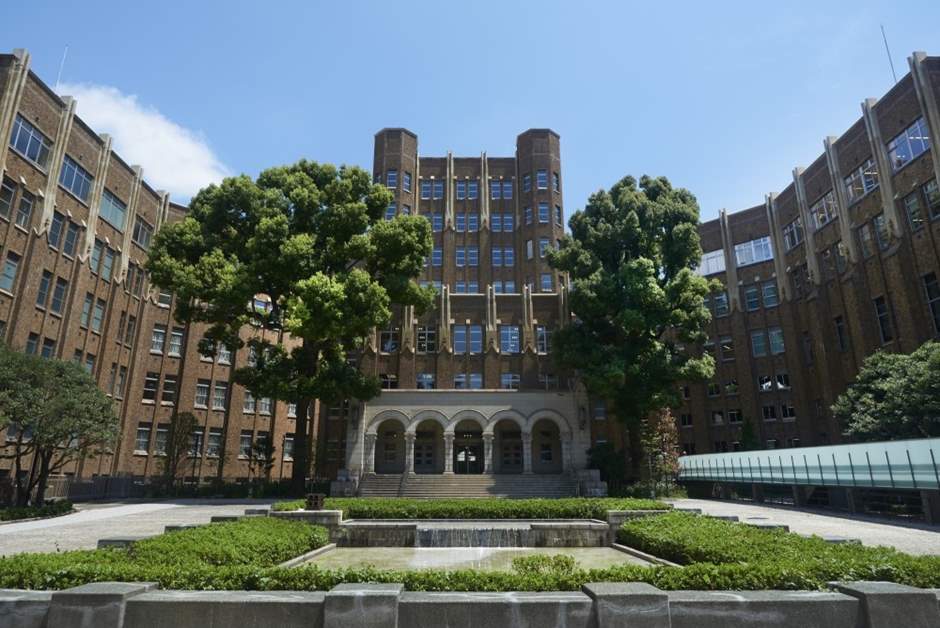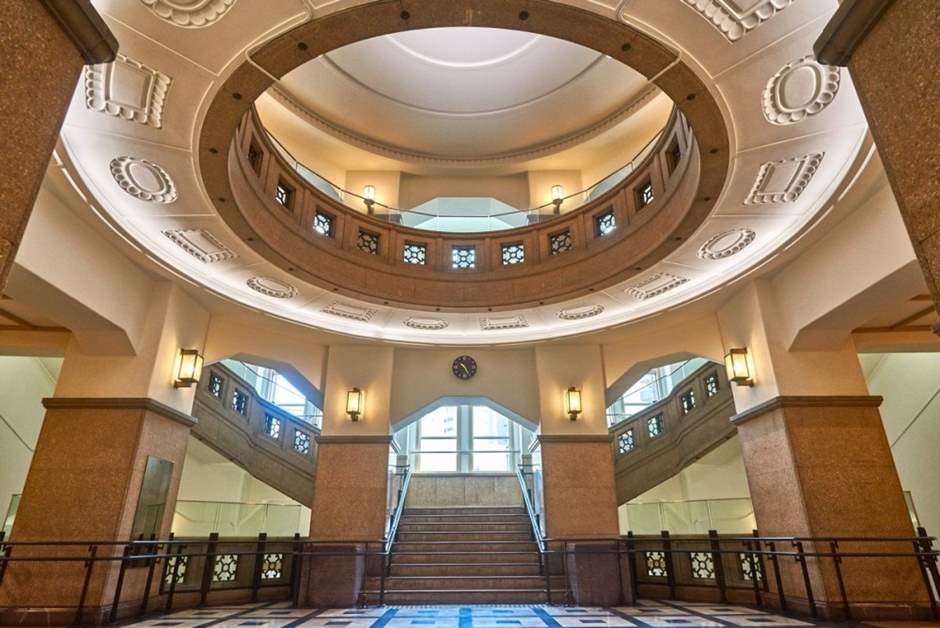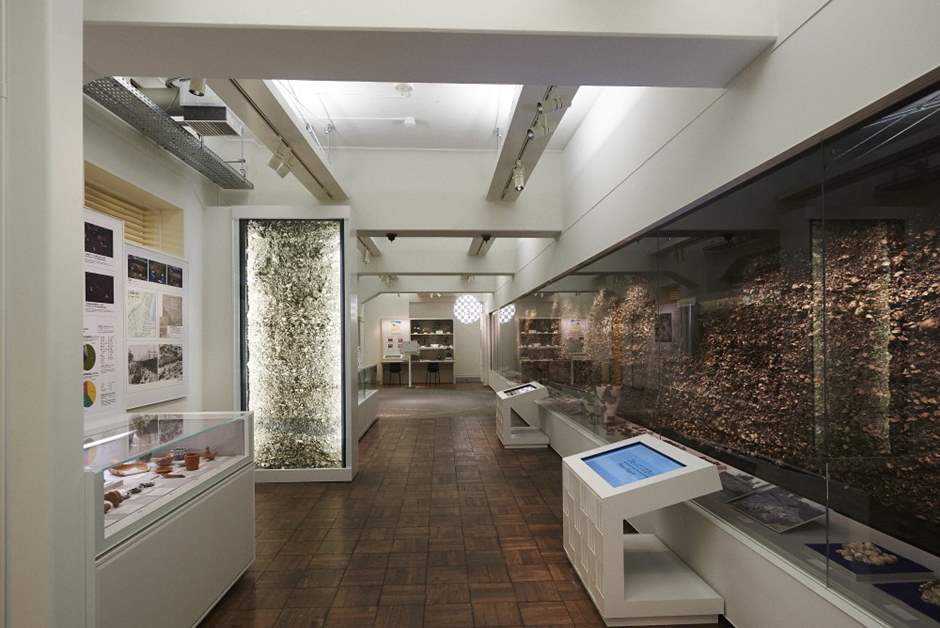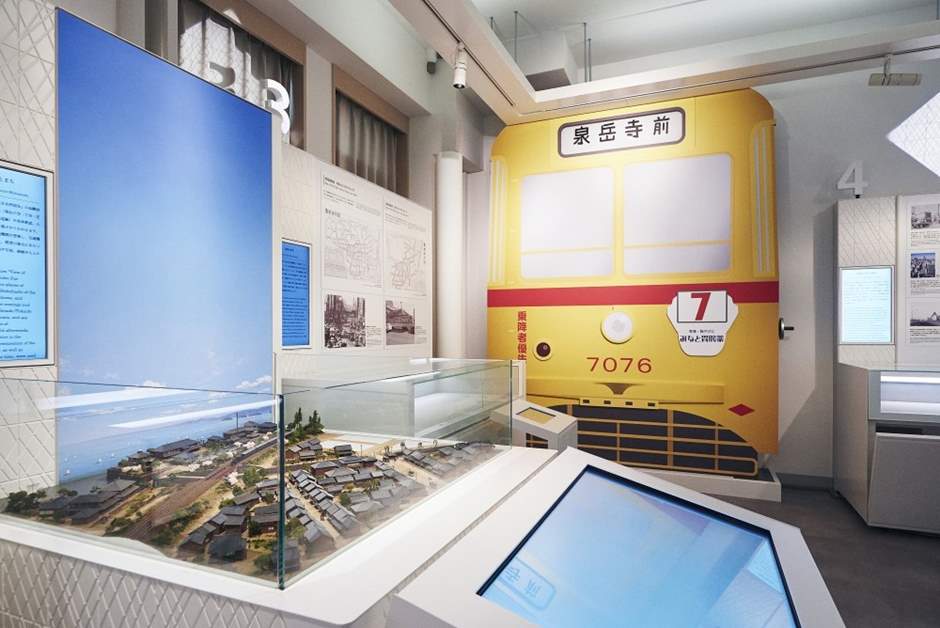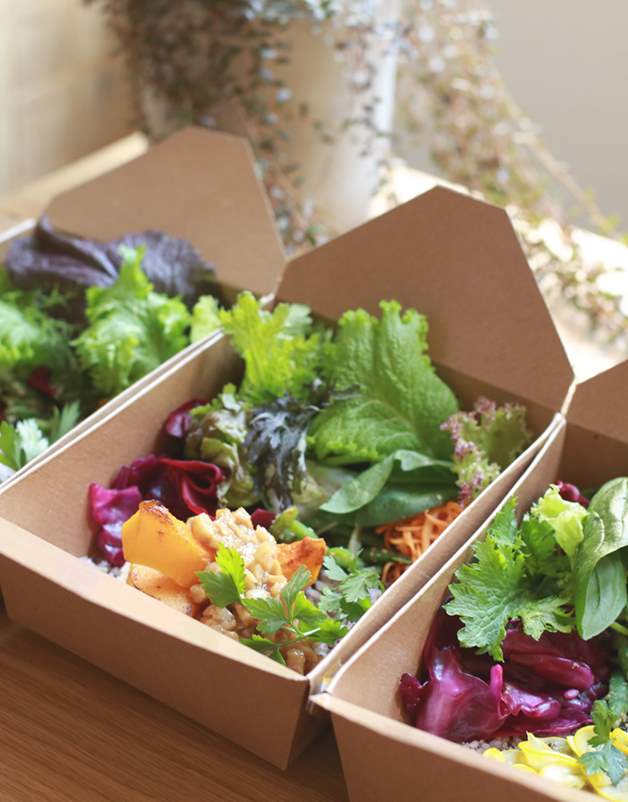Be immersed in a high class feeling as you walk through architecture and gardens with the scent of historical romance Shirokanedai Stroll - Special Feature
Shirokanedai is known as one of Minato Ward's most quiet residential areas. Many people who are not familiar with the Shirokanedai name are likely aware of "Shiroganese," in reference to the women who live in the area. Shirokanedai is famous as a high-class residential area, but it also is home to elegant and tasteful shops as well as cultural facilities featuring historical architecture, making it a fun place to visit. This month's special feature is a stroll through Shirokanedai. We will introduce recommended spots for shopping and sightseeing that will have you enjoying Shirokane for an entire day.Shirokanedai's History and "Platinum Street"
Shirokanedai's History and "Platinum Street"
The area's name "Shirokane" has a rather auspicious ring to it. During the Oei era, powerful Kazusanosuke Yagishita pioneered the area. Known as the "Shirokane Millionaire," tt is said that his possession of massive quantities of silver (Shirokane) led to the region's name. It was after the war that it became known as a high class residential zone. This period saw the development of high-rise condominiums, and its current image began to form.
Underneath Meguro-dori, the Toei Mita Line and the Tokyo Metro Namboku Line cut through the area diagonally, dividing the east and west, with Shirokanedai Station sitting almost in the very center. The "Shirokanedai style" shopfronts in the area are the kind you only see in very tidy neighborhoods. And when it comes to Shirokanedai, no street is more famous than "Platinum Street," the main strip which lines up with Meguro-dori.
Lined with Gingko trees, Platinum Street is the area's polished main steet which connects Meguro-dori to Gaien Nishi Dori and is lined with stylish restaurants, cafes, and shops. If you stop here during your stroll for lunch or some cafe time, chances are that you'll feel like a celebrity for a brief moment.
Tokyo Metropolitan Teien Art Museum A space full with modern luxuries and a scent of nobility which fuses architectural beauty from both East and West
Surrounded by a garden of about 10,000 tsubo, the Tokyo Metropolitan Teien Art Museum is one of Shirokanedai's symbolic spots. Among the many museums in Tokyo, the the unique thing about this one is that you can enjoy the competing features of the Art Deco architecture and the works of art within.
The current main building is a renovated version of the former Asaka Palace residence. Yasuhiko, the eighth prince of Asahiko Kaninomiya who founded the Asaka Palace in 1906 (Meiji 39), moved to France in 1922 (Taisho 11) for military research. In France he suffered a traffic accident and ended up staying for three years during Art Deco's golden age. Yasuhiko and Princess Nobuko were fascinated by Art Deco's linear designs, which came from the influence of movements like Cubism which blossomed during the early 20th century's Art Nouveau era, as well as the beauty of its architecture which used many geometric patterns. Their residence completed in 1933 (Showa 8) also featured the latest Art Deco styles.
Later on, Shigeru Yoshida, who served as the Minister of Foreign Affairs and then as the Prime Minister after the war, rented the land and building, becoming its official tenant until 1954. Then from 1955 (Showa 30) to 1974 (Showa 49) it welcomed many guests, serving as the country's reception hall. In 1981 (Showa 56) it became the property of Tokyo, and renovation work began which aimed to preserve its original features. Finally, in 1983 (Showa 58) it opened up to the public as the Tokyo Metropolitan Teien Art Museum.
Later on, Shigeru Yoshida, who served as the Minister of Foreign Affairs and then as the Prime Minister after the war, rented the land and building, becoming its official tenant until 1954. Then from 1955 (Showa 30) to 1974 (Showa 49) it welcomed many guests, serving as the country's reception hall. In 1981 (Showa 56) it became the property of Tokyo, and renovation work began which aimed to preserve its original features. Finally, in 1983 (Showa 58) it opened up to the public as the Tokyo Metropolitan Teien Art Museum.
French interior decorator Henri Lapin, who was also active as a painter, designed the main interior areas. Placed throughout within are works by artisans including French glass craftsman Rene Lalique. The wood and wall patterns which differ from room to room to match the various patterns and the great variety of stone and tile materials enable you to feel the era's pinnacle of extravagance. Structures including the main building, tea room, and main gate were designated as nationally important cultural properties in 2015 (Heisei 27). Together, these structures, which retain the old Art Deco style, have value as a work of art.
The glass relief of the goddess figure created by Lalique and the geometrically patterned floor with its natural stones make for an impressive front entrance. Add to this areas such as the first reception room and the reception hall, and you have a collection of interior spaces which give a sense of retro modernity and are very much worth seeing. The white porcelain perfume tower in the antechamber was also designed by Lapin and has a symbolic existence, also functioning as the museum's logo.
Continuing on, the large guest room and dining room could be called the highlights of the museum. The large guest room is said to be the most Art Deco-style room in the entire main building. Within this room is a concentration of Western beauty which includes a chandelier made by Lalique and a door featuring etchings and glass works made by glass craftsman Max Anglan. The dining room, on the other hand, features gorgeous decorations which demand your attention, such as Lalique's lighting equipment titled "Pineapple and Pomegranate." Enveloped in a geometrical design with flowers and ocean life as a motif, this room will take any person's breath away.
Explaining each and every feature would be far too much here. Even focusing on a single piece of lighting equipment would likely leave you with a deep impression of its ingenious design. Also deserving attention are the achievements of the Imperial Household Department's Bureau of Construction which most notably included architect Yokichi Gondo, who studied Western architectural techniques in France and was in charge of the preliminary design of the entire main building. Lacquer techniques as well as traditional Japanese patterns can be found in various parts of the building, and the bureau's work truly shines in its harmonious blend of Japanese and Western styles.
The main building and the new building hold a variety of exhibitions centered around modern art and architecture. The annual public exhibition "Looking at Architecture in 2020 The 1930s—Urban Life in Modern Tokyo" is being held until September 27th. The main building is hosting an exhibition which shows some of the building's history and architectural techniques, while the new building has an exhibition showcasing Tokyo in the 1930s through materials owned by the city. And of course, there are Japanese and Western gardens where you can enjoy different scenery through each season.
It should be noted that, as a measure to prevent COVID19 infections, the facility is taking temperature measurements upon entrance and restrictions have been set on the number of people who can enter the building. Great care has been taken to ensure that visitors can view the site with peace of mind.
Happoen A garden created through the collection of all aspects of nature, where one can take in the full beauty of Japan
Happoen features a collection of architectural pieces and a garden spanning 50,000 square meters. One of Tokyo's most famous locations for weddings and banquets, it is also a refined tourist attraction where one can enjoy a stroll through the garden along with a meal at a traditional Japanese "ryotei" or standard restaurant.
It is said that in the early Edo period, this site held the residence of Hikozaemon Okubo, a vassal closely associated with Tokugawa Ieyasu. Later it became the site of the Matsudaira and Shimazu family residences. Then, at the end of the Meiji era, a residence was built on the site for Kisaku Shibusawa, a businessman and cousin of Eiichi Shibusawa who was known as the "father of Japanese capitalism."
The foundation of the current Happoen Garden was completed in 1915 (Taisho 4) when the site became the holiday house of Fusanosuke Kuhara, known as the "King of Mines" and leader of the Kuhara Zaibatsu. Kuhara, also the founder of Hitachi, Ltd. among other ventures, bought the surrounding land and expanded the site to 12,000 tsubo. A garden making use of the original topography and rivers was created then, which brings us to today's Happoen.
The foundation of the current Happoen Garden was completed in 1915 (Taisho 4) when the site became the holiday house of Fusanosuke Kuhara, known as the "King of Mines" and leader of the Kuhara Zaibatsu. Kuhara, also the founder of Hitachi, Ltd. among other ventures, bought the surrounding land and expanded the site to 12,000 tsubo. A garden making use of the original topography and rivers was created then, which brings us to today's Happoen.
The name Happoen comes from Kuhara's thought that "it is beautiful everywhere you look." Valuable masterpieces and gems were distributed throughout the grounds, such as the 13-story pagoda built in the Genbun era, the Midaroku lantern erected for the Heike family who lost to Genji, and the ancient Korean pagoda built more than 1,000 years ago. Later on, the land was transferred to Satoshi Hase, who had run ryotei in locations including Ginza, in the 1950s and the site became the current Happoen Garden. Ever since, it has been one of the most famous wedding spots in Japan.
The spectacular garden is a space which combines truly elegant aspects of Japanese beauty including ponds, rock gardens, and seasonal nature. The very prominent sukiya style building is "Kochuan," Kuhara's mansion which now operates as a restaurant. The bonsai with trees over 200 years old is also very much worth seeing.
For the prevention of COVID19 infections, our entire group has implemented “33 initiatives” in great detail. We greet our guests after carefully carrying out hygiene management procedures and the "Three C's" in order to give maximum consideration to safety and security.
Minato City Local History Museum A new spot where you can learn the history of Minato Ward from ancient times to the present
Minato City Local History Museum is located inside Yukashi-no-Mori in Minato-ku, which is a hot spot just opened two years ago. The museum is one stop shop for the history of Minato Ward since ancient times.
Exterior view Provided by Minato City Local History Museum
Central hall Provided by Minato City Local History Museum
Standing out from its surroundings, the gothic style building makes use of the remains of the former public health institution built in 1938. From a bird's eye view the construction is U-shaped, and its features, including a main entrance with continuous arches, central hall, former auditorium, former director's room, and former deputy director's room, remind us of modern Japan, making it a truly precious spot.
Permanent exhibition theme I Provided by Minato City Local History Museum
This permanent exhibition introduces the nature, history, and culture of Minato Ward from ancient to modern times through three themes. Theme I, "Dynamics of the Sea and People," displays relics related to the sea and human lifestyles in the Minato-ku area, which is closely related to Tokyo Bay. In addition to fishing gear and earthenware is the amazing sight of a cross section of the Isarago shell heap displayed across an entire wall.
Theme II, "Expansion of City and Culture," mainly introduces Minato Ward in the Edo period. Considered the gateway to Edo, many samurai residences, temples, and shrines were built in Minato Ward. The area's characteristics are unraveled through a town map and a miniature model.
Theme II, "Expansion of City and Culture," mainly introduces Minato Ward in the Edo period. Considered the gateway to Edo, many samurai residences, temples, and shrines were built in Minato Ward. The area's characteristics are unraveled through a town map and a miniature model.
Permanent Exhibition Theme III Provided by Minato City Local History Museum
Theme III, “People's Movement and Lifestyle,” introduces the history of modern times starting in the Meiji era through five perspectives: internationalization, education, traffic/transportation, livelihood/industry, and disaster/war. It is a hands-on exhibition which makes use of digital equipment, enabling one to intuitively understand history of Minato Ward's modernization.
Provided by Minato City Local History Museum
Until September 22, a special exhibition titled "1964 Tokyo Olympic Games and Urban Transportation" is being held, which looks back on the history of the transportation infrastructure that was prepared for the 1964 Tokyo Olympic Games. In addition, as part of measures to prevent infection of COVID19, the museum asks that visitors cooperate in wearing masks, disinfecting hands, and social distancing inside the building.
On the first floor is a cafe called "VEGETABLE LIFE" with an organic and additive-free theme. Produced by Happoen, the cafe offers gluten-free and additive-free gourmet foods, featuring mainly naturally and organically grown vegetables. There are also vegan options.
All menu items can be enjoyed inside, including the vegetable box which includes a choice of three side dishes and one main dish, organic coffee, and organic tea. Why not charge up your summer energy with a meal full of the natural flavor of vegetables?




